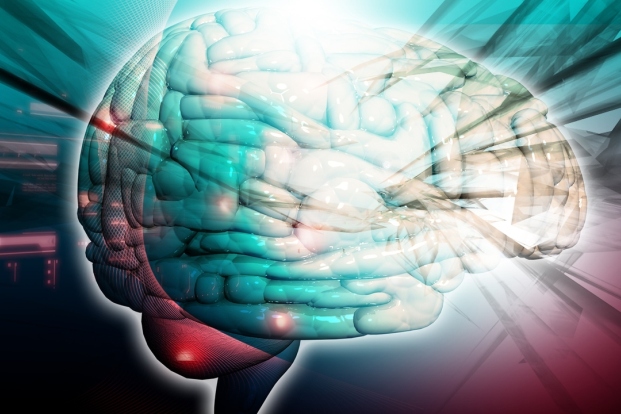Categories
- Bariatric Surgery (11)
- Black Fungus (5)
- Bone Marrow transplant (3)
- Brain Tumor Surgery Navigation Technology (20)
- Cardiac Surgery (66)
- Cardiology (97)
- Computer navigation technology for joint replacements (20)
- Covid Vaccination (17)
- Critical Care (2)
- Dental (19)
- Dermatology (31)
- Dialysis Support Group - “UTSAAH” (11)
- Dietitian (33)
- Emergency Medicine (4)
- Emotional Health (11)
- Endocrinology (33)
- ENT (20)
- Gastroenterology and GI Surgery (53)
- General and Laparoscopic Surgery (21)
- General Surgery (4)
- Gynecology & Obstetrics (183)
- Hematology (20)
- Internal Medicine (294)
- Kidney Transplant (50)
- Kidney Transplantation (20)
- Lung Cancer (8)
- Minimal Invasive Surgery (1)
- Mother & Child (20)
- mucormycosis (5)
- Nephrology (61)
- Neurology (147)
- Neurosurgery (68)
- Nutrition and Dietetics (107)
- Omicron Variant (1)
- Oncology (288)
- Ophthalmology (10)
- Orthopaedics & Joint Replacement (86)
- Paediatrics (59)
- Pediatric Nephrology (3)
- Physiotherapy (5)
- Plastic & Reconstructive Surgery (6)
- Psychiatry and Psychology (90)
- Psychologist (28)
- Pulmonology (72)
- Rheumatology (13)
- Spine Services (21)
- Transradial Angioplasty (16)
- Urology (84)
Query Form
Posted on Apr 19, 2022
What are the early signs of Parkinson's disease?
Tremors
Tremors linked with Parkinson’s disease are called as “rest tremors.” It means that the tremors stop when a person uses the affected body part. Tremors are very subtle when they first present . At this stage, the person experiencing the tremors is usually the only one who concentrate them. Tremors will gradually inferior as the disease progresses.

Difficulty walking
Subtle changes in a person’s walking pattern could be an initial sign of Parkinson’s disease. Someone who has Parkinson’s disease might walk slowly or drag their feet as they walk. Several refer to this as a “shuffling gait.”The person might walk at an irregular pace, suddenly walking faster or slower or changing the length of their stride.
Cramped
Micrographia is a disorder that involves abnormally small or cramped handwriting. Doctors linked micrographia with medical situation that affect the nervous system, or neurodegenerative disorders, like as Parkinson’s disease.
- Loss of smell
- Hyposmia create when someone loses their ability to smell .It is also known olfactory dysfunction.
- Sleep issue
Parkinson’s disease can severely affect a person’s ability to sleep. People who have Parkinson’s disease may experience a wide range of sleep-related symptoms, including:
- Insomnia
- Excessive daytime fatigue
- Narcolepsy
- Sleep apnea
- Nightmares
- Uncontrolled or sporadic movements while asleep
Poor balance
Parkinson’s disease specifically concentrate nerve cells known as basal ganglia, which reside deep within the brain. Basal ganglia nerves control balance and flexibility, so any damage to these nerves can impair a person’s balance.
Bradykinesia
Bradykinesia is a term that means slowness or absence of movement. Bradykinesia causes a variety of symptoms, such as stiffness of the limbs and slow movements. A person who has bradykinesia might walk slower or have difficult starting a movement.
Vocal changes
Changes in the volume and quality of a person’s voice is another initial sign of Parkinson’s disease.



